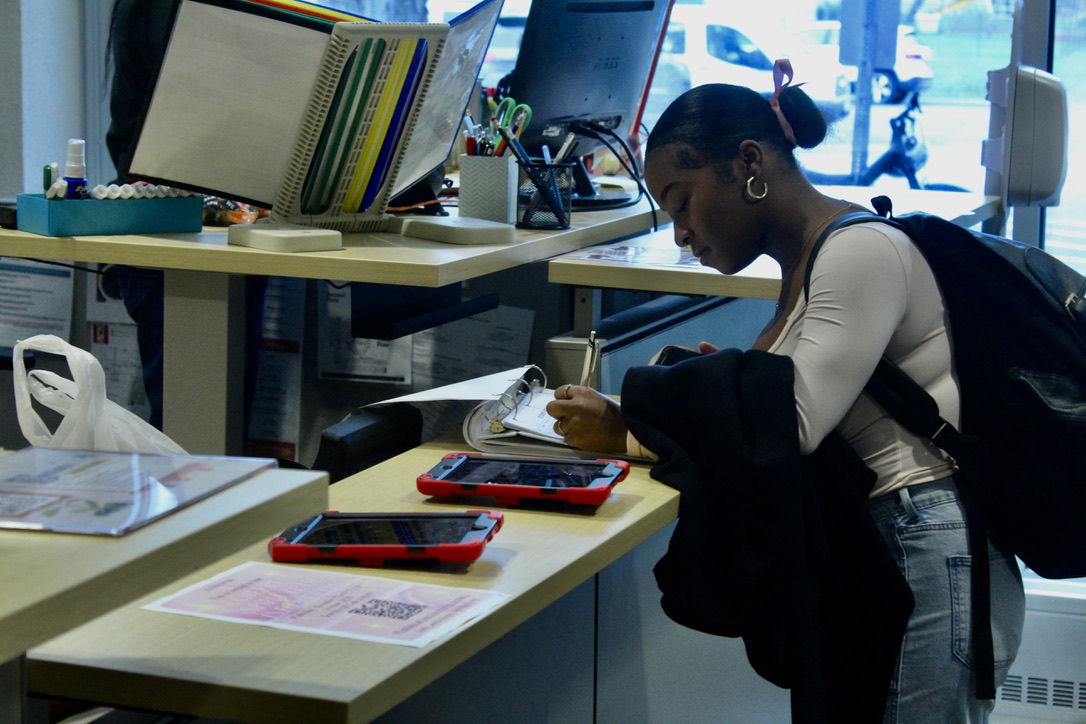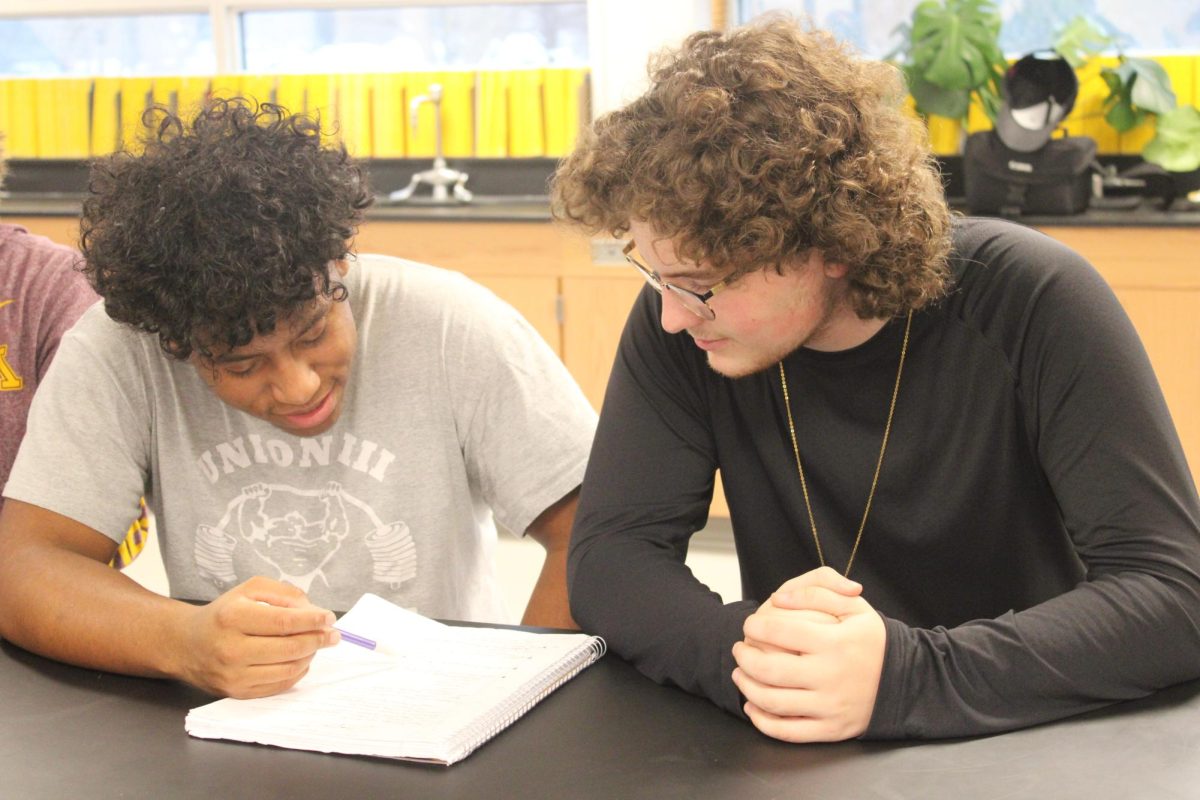With the start of the new school year, sizes of classes like Advanced Placement (AP) Calculus and AP Pre-calculus have drastically increased, with some having upwards of 40 kids in one classroom. Students taking these classes are left feeling cramped and teachers are left dealing with how to adjust and acclimate.
Junior Sophia Mavis said having more students makes it harder to ask questions when you need help. According to Mavis, having larger classes makes students wait longer amounts of time to get their questions answered and explained fully.
“I think it’s harder to talk to your teacher because he or she has to get to a lot of students,” Mavis said. “We only have so much time, especially with math, when you really need help with questions. The teacher just has to bounce everywhere, and you’re just stuck for like 10 minutes.”
According to AP Calculus teacher Erik Ahlquist, he has to work to adjust his teaching and his plans to help everyone the best he can.
“40 is the biggest number of students I’ve had in a class in 28 years,” Ahlquist said. “That’s a brand new challenge for me, that I’m trying to figure out how I can best serve the students that show up everyday, who are academically, and aggressively, trying to figure out some difficult math topics.”
Junior Sam Tolzin said he thinks Park is doing what they can to accommodate class sizes, but still wishes more could be done.
“They’re probably doing the best they can for the school system and teachers so students can still learn,” Tolzin said. “But I think having a TA or something to help both the kids and the teachers would be helpful.”
Mavis said having more students in classes affects the questions she asks, and whom she asks.
“You don’t get to see the teacher as fast as you want, but having a bigger class, you can go to more people and ask them your questions,” Mavis said.
Ahlquist said the content he’s taught has had to shift in order to fit with the number of students in classes.
“When you have 40 people, you have more questions when you’re teaching a concept. You have more people, and more people are going to have more questions,” Ahlquist said.
Tolzin said that teachers not being able to help all the students in their classes could give way to issues in the future.
“If you’re doing work at school and a bunch of people have questions, the teacher can’t get around to everyone, leaving the people that didn’t get help, stuck,” Tolzin said.
Ahlquist said he’s concerned about how larger class sizes may affect students’ ability to learn.
“My biggest concern is not being able to meet the needs of the students the way I would want to and that’s really tough,” Ahlquist said.











